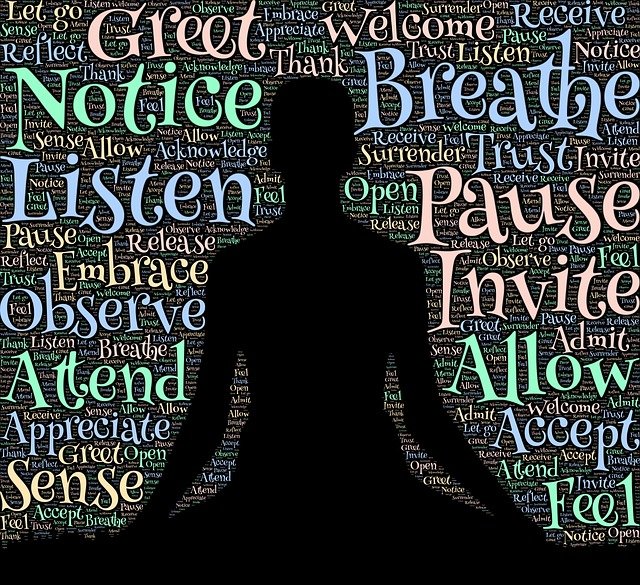Artificial intelligence (AI) is increasingly being used in education to support learning and improve student outcomes. But with any new technology, there are both pros and cons to consider. In this blog post, we’ll explore the potential benefits and drawbacks of K-12 students using AI in education.
Pros:
1. Personalized Learning
One of the biggest benefits of AI in education is its ability to provide personalized learning experiences. By analyzing student data, AI can create customized learning plans to ensure that each student is receiving the support and challenges they need to succeed. This can lead to higher levels of student engagement and achievement.

2. Improved Engagement
AI can create interactive, multimedia experiences that are tailored to students’ interests and learning styles. This can make the learning process more enjoyable and effective for all students, helping to keep them motivated and engaged.

3. Language Support
AI can translate materials into different languages, making it easier for K-12 students who speak different languages to access and understand learning materials. This can help to ensure that all students have the opportunity to learn and succeed.
4. Access to Resources
AI can provide students with access to a wide range of online resources and learning materials, including videos, simulations, and interactive tools. This can help to supplement traditional classroom instruction and provide students with additional opportunities to learn and explore.
5. Personalized Support
AI can provide students with personalized support and feedback on their learning, helping them to stay on track and make progress. This can involve providing students with customized learning plans, targeted feedback on their work, and other resources to help them succeed.

Cons:
1. Dependence on Technology
One potential drawback of using AI in education is the risk of students becoming overly reliant on technology for learning. It’s important for students to develop their own critical thinking skills and not become reliant on AI tools to generate answers or complete assignments.

2. Lack of Human Interaction
Another concern is that AI may not be able to provide the same level of personal support and guidance as a human teacher. While AI tools can be a valuable resource, it’s important that students also have opportunities to interact with and learn from human educators.
3. Potential for Cheating
There is a risk that students may use AI to cheat on assignments, such as by using AI-powered tools to write essays or complete other assignments. To prevent this, teachers can use plagiarism detection software, encourage original thought, and use a variety of assessment methods.
Final Thoughts
Overall, the use of AI in education has the potential to greatly benefit K-12 students. By providing personalized learning experiences, improved engagement, language support, and access to resources, AI can help students to learn and succeed. However, it’s important to consider the potential drawbacks and take steps to prevent students from using AI to cheat. By carefully considering the pros and cons of using AI in education, teachers and schools can ensure that students are learning and growing in a positive and supportive environment.
About the author
L'Qia Barrett (AKA The Modern Schoolmarm) is a certified master teacher with 22 years of experience teaching both elementary and middle school students.








Leave a Comment